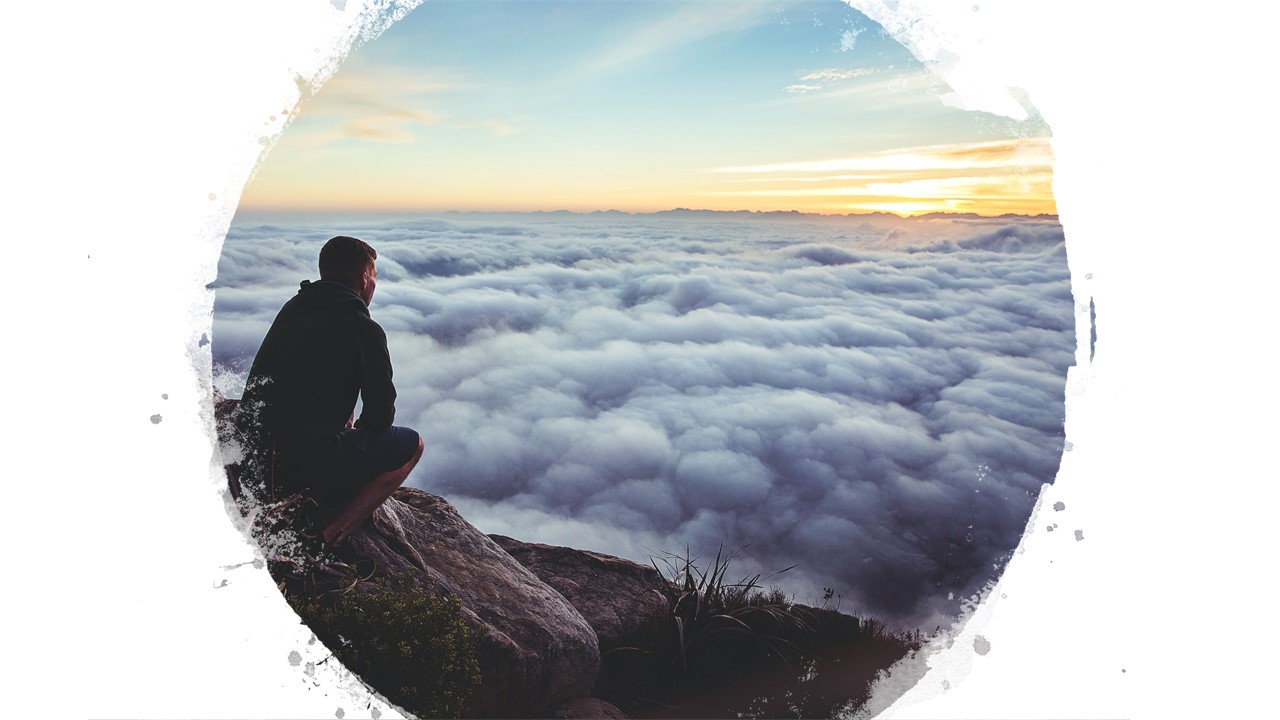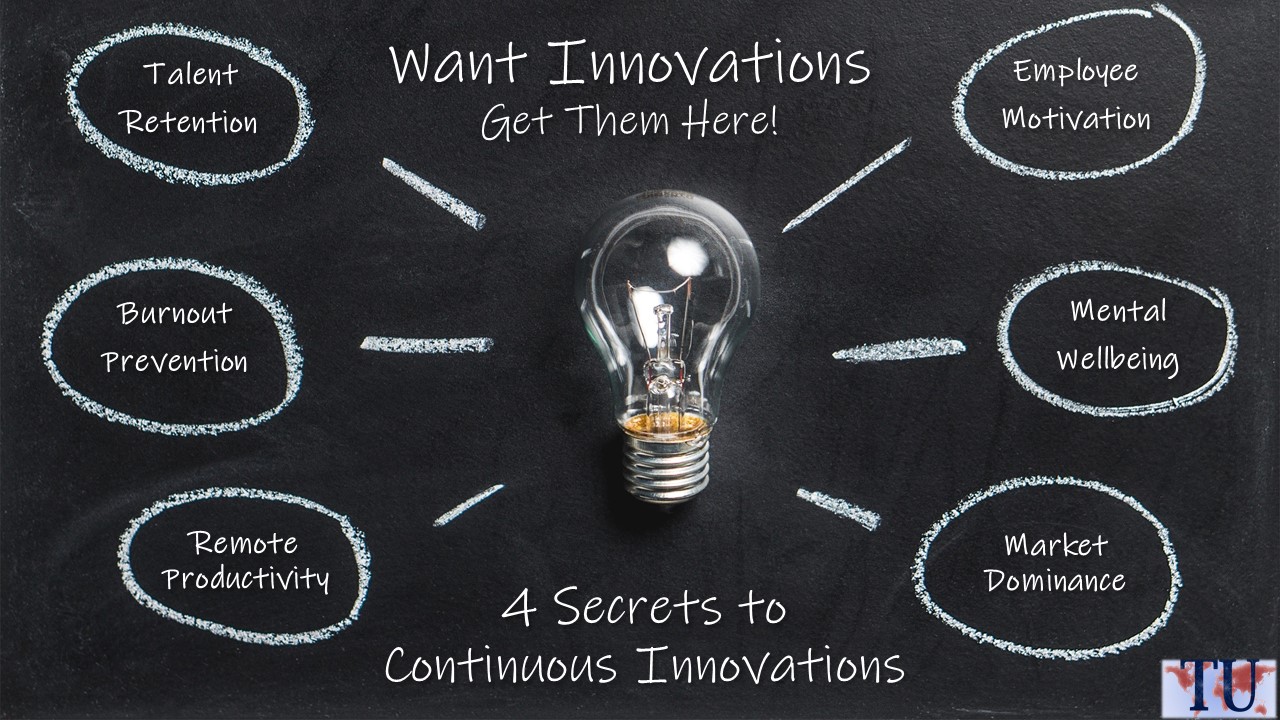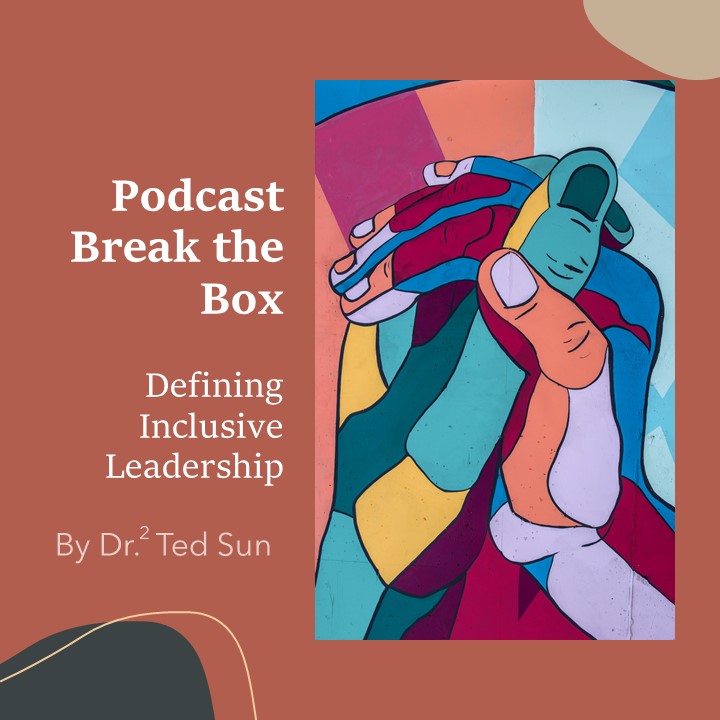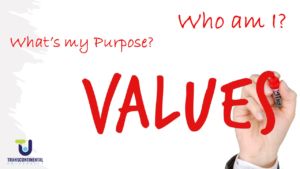
Values: The lens through which You see reality
By Dr. Ted Sun
Recently featured in Forbes
Our current movement in diversity, equity, and inclusion challenges leaders to go beyond the conventional wisdom of how we engage with people. Whether at work, in our community, or even in our own family, people are starting to take a deeper look at their decisions and behaviors. While conventional approaches stop at behaviors, strategic leaders explore people’s perceptions of reality and thought processes that drive decisions. Without understanding these two key aspects, behavior conversations are short-lived, much like most certificate programs.
Access to perceptions and thought processes begins with one’s core values and beliefs. Below is the list of core values that shape many aspects of perceptions and thoughts. As you review these, jot down your top 8 values in order of priority.
| Adventure/Challenge | Innovation/Creativity |
| Authority | Integrity |
| Balance | Intensity |
| Career | Knowledge |
| Change | Leadership |
| Comfort | Legacy |
| Community | Loyalty |
| Competence | Order |
| Competition | Optimism |
| Cooperation | Organizational Achievement/Excellence |
| Country | Passion |
| Courage | Perfection |
| Decisiveness | Personal Achievement/Excellence |
| Democracy | Pride |
| Dependability | Privacy |
| Diversity | Quality |
| Ecological awareness | Recognition |
| Efficiency | Religion |
| Empathy/Kind | Respect |
| Fairness | Responsibility |
| Fame | Security |
| Family | Service/Helpfulness |
| Financial Independence | Simplicity |
| Health | Speed/Fast Pace |
| Freedom | Spirituality |
| Friendship | Stability |
| Fun/Happiness | Status |
| Growth | Structure |
| Honesty | Teamwork |
| Independence | Trust |
| Influence | Wisdom |
| Inner harmony |
Once you have your top 8 in order of priority, create your own definition of that value. For example, many people have the value of honesty, but in practice, they believe that one cannot be 100% honest with all people. Respect is also a common value for many, but their view uses the challenging idea of the golden rule. With critical thought, writing down your own definition of values helps you see the lens that shapes your perceptions, including judgments about others.
At the individual level
For those who are looking to enhance their relationships with others, ask others to guess your top 5 values. See if they know you well enough to guess your values in order of priority. If not, it’s likely that your visible behaviors are not reflective of the priorities that you believe and opens the door for further development. From our global research, we have observed countless people enhance their relationships with others, from spouses to coworkers, by having conscious conversations about values.
At the organizational level
Creating a shared values statement starts with an inclusive process that involves every employee. The process of creating a shared values statement exemplifies true leaders who honor every individual. The product of this process enables the authentic application of these values at an unprecedented level. It takes ethical compliance to a completely different level of being the best one can be more often than not.
Your Leadership Actions
For now, ask your team members if they can state the core values of your organization at the top of their heads. Explore ways to bring values to the forefront of daily decisions and behaviors.
Let’s work together to make a sustainable impact for a more inclusive workplace. To learn more about these strategies and tactics which are included in our academic and consulting programs, contact us


